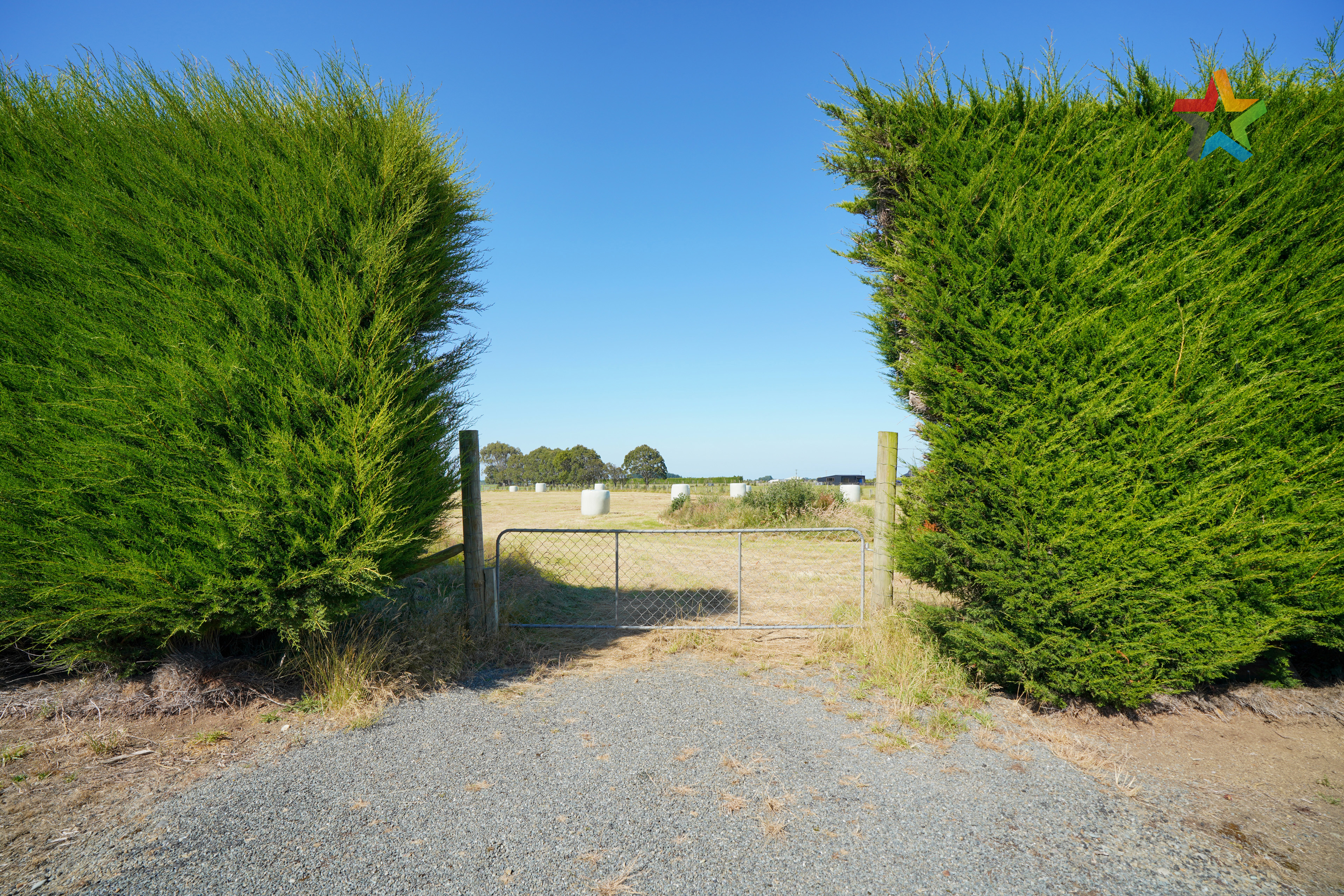1. Finally a pause for the Official Cash Rate
The key news last week was that, for the first time since August 2021, the Official Cash Rate (OCR) was kept unchanged by the Reserve Bank of New Zealand. They’re still firmly in "wait and see mode" with the rate at 5.5%. There were no surprises there, so the decision came and went pretty quickly.
However, in the housing market context, just because the OCR may have peaked, this doesn’t preclude some modest changes to actual mortgage rates by individual banks. After all, their pricing decisions can be affected by many factors, not least offshore wholesale rates, which feed into longer term fixed mortgage rates in New Zealand.
Start your property search
In addition, with inflation still well above target, the OCR may not be cut until later in 2024, leaving mortgage rates "higher for longer" too, and keeping a fair degree of strain on housing affordability. Indeed, even after the falls in house prices and the growth in wages over the past year or two, our affordability measure relating to typical debt servicing as a percentage of average household income is still above 50% – very close to a record high, driven by the increases in mortgage rates since mid-2021.
2. Inflation data will be very closely-watched on Wednesday
We’ll get the annual inflation figures for the second quarter of 2023 from Stats NZ on Wednesday. There’s no escaping the fact that this release of the Consumers Price Index is crucial. For context, inflation slowed from 7.2% to 6.7% in Q1, and there’s every chance that it will have dropped further in Q2, possibly to around the 6% mark. That kind of slowdown is exactly what the Reserve Bank of New Zealand would be happy to see.
But on the outside chance that inflation actually proved more stubborn than anticipated, fears could quickly grow that the OCR might not peak at 5.5% after all, and that could cause some upwards pressure again on mortgage rates. Be sure to tune in at 10.45am Wednesday!
3. First home buyers still a strong presence
Overall sales activity has now begun to rise more emphatically (from a low base) and the CoreLogic Buyer Classification figures for June showed that first home buyers (FHBs) enjoyed a 26% share of the market last month, a new record high – no doubt reflecting factors such as the ability to use KiwiSaver for the deposit (or at least part of it) and the recent increase to the LVR speed limits, which have allowed more low-deposit loans to be made.
Relocating owner-occupiers are also showing hints of a comeback, but mortgaged investors are still just ticking along at relatively low rates. That’s not surprising given low rental yields and the removal of interest deductibility.

CoreLogic chief economist Kelvin Davidson: “On the outside chance that inflation actually proved more stubborn than anticipated, fears could quickly grow that the OCR might not peak at 5.5% after all.” Photo / Peter Meecham
4. High net migration set to boost rents
The monthly net migration balance for May was just above 4900, down sharply from around 14,400 in March, but still a fairly solid number. Net inflows over the past 12 months have been just short of 78,000, reflecting outflows of NZ citizens (-31,000), but large inflows of non-citizens (109,000). This is a lot of extra people in the country, who need to live somewhere. And on average, a typical new arrival to NZ will probably tend to rent, at least for a start, while they take time to get settled.
As it happens, rental growth actually stalled a little last month, dropping from an annual rate of 3.8% in May to 3.5% (on the Stats NZ ‘flow’ measure, which relates to new tenancies taken on each month). However, with supply still tight and demand rising, you’d have to think rental growth will accelerate further in the coming months – although ultimately the pace of increase might be constrained due to the fact that rents are already very high in relation to incomes.
5. House building cost growth slows again
And finally, our release last week of the Cordell Construction Cost Index for Q2 2023 showed a further slowdown in the rate of building cost growth – from the peak of 10.4% (annual rate) at the end of last year to 6.4% now, with a further slowdown ahead. Now, it’s not getting cheaper to take on a new project – especially if you’re funding it with a large mortgage too. But at least as supply chains defrost after COVID and builders see fewer new dwelling consents coming though (allowing capacity pressures to ease) the cost growth is slowing.
- Kelvin Davidson is chief economist at property insights firm CoreLogic


















































































